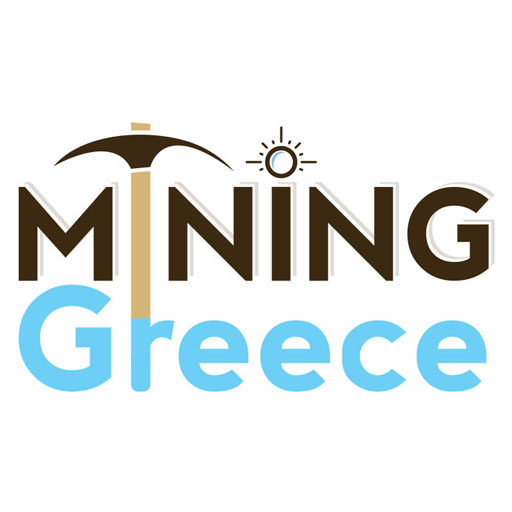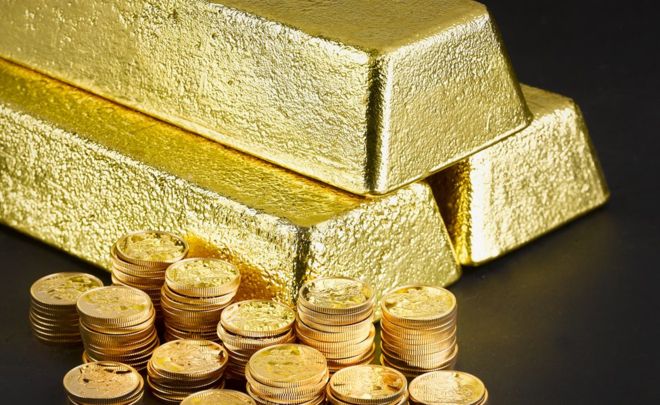It seems the quest for gold is not currently limited to the venues of Rio de Janeiro.
The Royal Mint has said that it saw a “surge” in demand for the precious metal following the Bank of England’s cut in base rates to 0.25% on 4 August.
During that week the Mint saw a 25% increase in transactions on its bullion website.
It also experienced a 50% increase in sales of gold bars and coins, compared with the previous week.
It is thought investors are turning to gold as cash and bonds offer diminishing returns, exacerbated by lower interest rates.
So far this year, the price of gold has risen by 45% in sterling terms, and 25% in dollar terms.
Record demand
“Although the stock market has been doing well of late, it didn’t do so well at the start of the year, and there was a lot of volatility around the time of the referendum,” said Laith Khalaf, senior analyst at Hargreaves Landown.
“That helps gold.”
However he also warned that gold prices will not necessarily continue rising.
“It’s worth pointing out gold is by no means a one way bet – in 2011 it was trading at above $1800 an ounce. It’s an insurance policy for the rest of your investments and as such should make up no more than 5-10% of your portfolio.”
Gold is currently trading at $1344 an ounce.
Earlier this week, the World Gold Council reported that global investment demand for gold hit a record level in the first six months of this year.
However consumer demand in countries such as India and China, traditionally among the strongest buyers of gold, was lower.
source: bbc.com, By Brian Milligan

